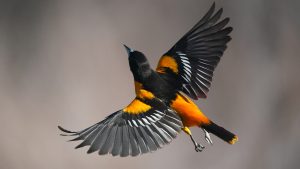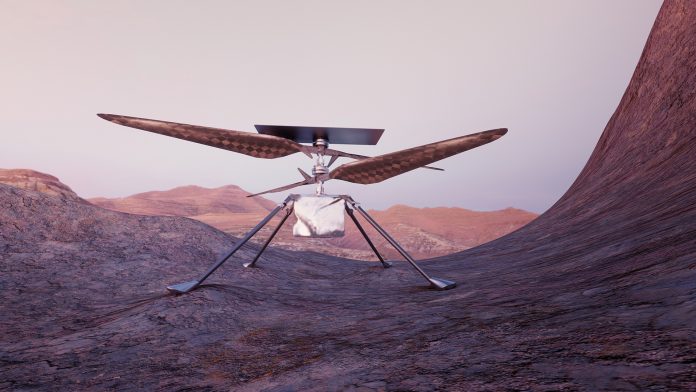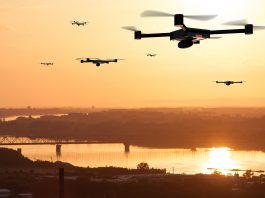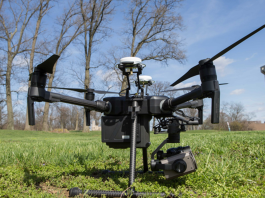According to a recent study led by Lund University, wing-folding could be the next step in increasing the efficiency of flapping drones.
Birds, and even extinct bird-like dinosaurs, have benefited from folding their wings during the upstroke as they developed active flight. Birds are the largest and most efficient of the flying animals alive today, making them interesting as inspiration for the development of drones.
However, aerodynamic studies of ways to flap the wings are required to determine which flapping strategy is best. Therefore, a team of researchers has constructed a robotic wing that can flap like a bird, and beyond.
“We have built a robot wing that can flap more like a bird than previous robots, but also flap in a way that birds cannot do. By measuring the performance of the wing in our wind tunnel, we have studied how different ways of achieving the wing upstroke affect force and energy in flight,” said Christoffer Johansson, biology researcher at Lund University.
The research, ‘Robotic Avian Wing Explains Aerodynamic Advantages of Wing Folding and Stroke Tilting in Flapping Flight,’ is published in the journal Advanced Intelligent Systems.
Studying bird flight to increase the speed range of drones
Previous studies have demonstrated that when flying slowly, birds flap their wings more horizontally. In the new study, the researchers concluded that birds probably do this, even though it requires more energy, because it is easier to create a sufficiently large force to propel themselves. Drones can emulate this to increase the range of speeds they can fly at.

“The new robotic wing can be used to answer questions about bird flight that would be impossible simply by observing flying birds. Research into the flight ability of living birds is limited to the flapping movement that the bird actually uses,” explained Johansson.
The results can help with understanding how the migration of birds is affected by climate change
The research set out to find which movement patterns create the most force and are the most efficient, explaining why birds flap the way they do. The study’s results can be used to better understand how the migration of birds is affected by access to food and climate change.
Also, there are many potential uses for drones where these insights can be put to good use, for example, by using drones to deliver goods.
“Flapping drones could be used for deliveries, but they would need to be efficient enough and able to lift the extra weight this entails. How the wings move is of great importance for performance, so this is where our research could come in handy,” concluded Johansson.









